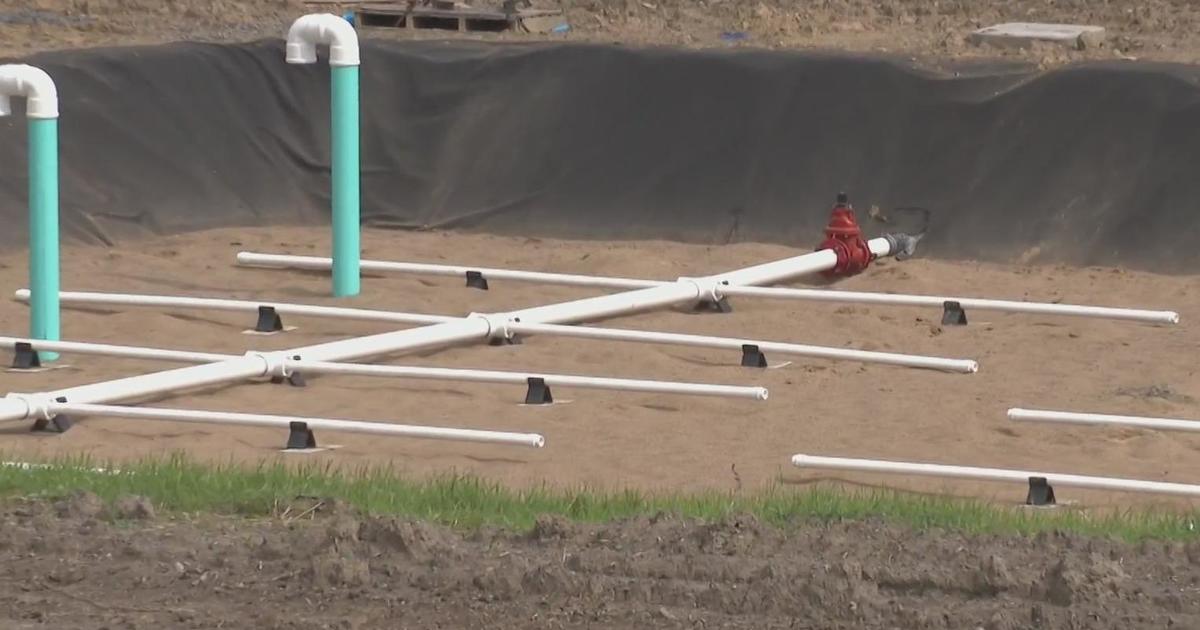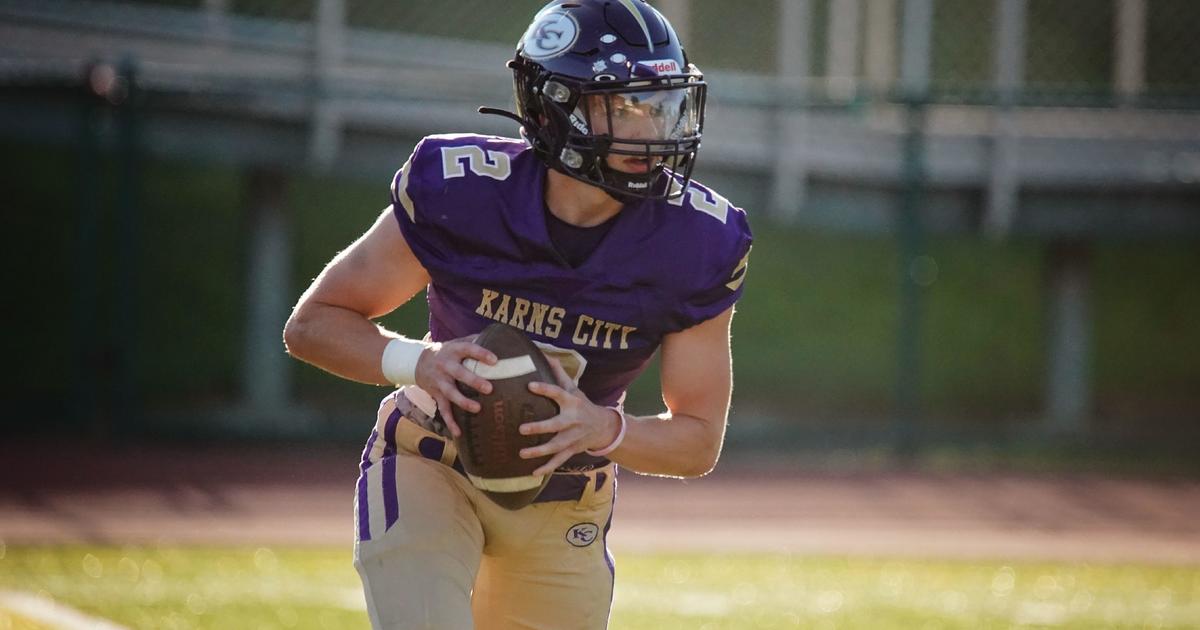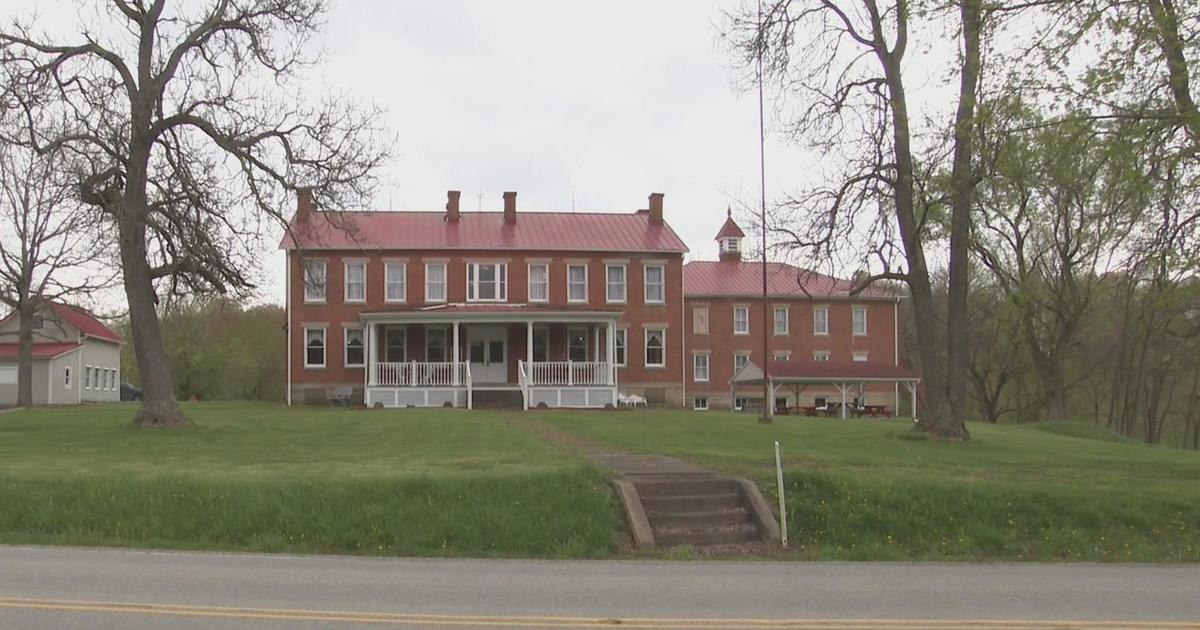Ohio Governor Implementing Color-Coded Coronavirus Alert System
COLUMBUS, Ohio (AP) — Ohio is using a new color-coded, county-by-county coronavirus alert and advisory system to assess which areas may be seeing flare-ups of cases and should take additional precautions, Gov. Mike DeWine said Thursday as he also announced much-awaited guidance for reopening schools.
The alert system, begun Thursday, takes into account seven indicators for each county, such as sustained increases in cases and in coronavirus-related hospital admissions, outpatient visits and emergency room visits, and the proportion of cases that aren't connected to congregate settings, such as prisons or nursing homes. State officials said they also intend to factor in information from coronavirus testing and contact-tracing.
"This information should inform people. I think it should fire people up," DeWine said. "I think it should get people excited and say, 'Hey, we're tougher than this. We're not gonna let this happen to our state. We are not gonna be Florida. We are not gonna be Texas. We are not gonna be Italy.' ... This is a long battle, and we won Round 1, maybe Round 2, but this is 15 Round heavyweight championship, and we've got to stay in there and we've got to stay punching."
No counties are listed in the most concerning level — labeled purple — but Columbus and surrounding Franklin County are being watched closely as their data indicators are trending in that direction based on "explosive" growth in positive tests, DeWine said.
Franklin and six more counties — Butler, Cuyahoga, Hamilton, Huron, Montgomery and Trumbull — are labeled red, indicating risk there is considered very high and people there should limit activity away from home as much as possible and wear masks when they go out. Twenty-eight counties were in the orange category Thursday, and 53 were labeled with the least-concerning yellow.
DeWine also shared guidance for schools considering whether and how to reopen. Most teachers will be required to wear masks or face shields at schools that choose to resume in-person classes this fall, and face coverings are strongly recommended for students in third grade and above, he said.
State officials are urging schools to use social distancing, vigilantly assess symptoms, provide hand sanitizer, and thoroughly clean school spaces, but the guidance leaves many details up to the districts.
With widespread agreement that it's important to get children back into school buildings when safely possible, the guidance is aimed at balancing safety, local control of schools and the state's obligation to educate children, DeWine said.
Groups representing school boards and administrators said they're pleased with the guidance and felt it recognizes that a one-size-fits-all approach is not the solution. But the state's largest teachers union wanted more.
"While we appreciate the consideration given to the importance of social distancing, health checks, and sanitation protocols in the governor's plan, it lacks a means of enforcement, even when a county is in the highest tier of the alert system," Ohio Education Association President Scott DiMauro said in a statement.
The Ohio Federation of Teachers raised concerns about schools facing additional costs along with budget cuts. DeWine said he hopes to work with legislative leaders to direct more federal relief funding to schools.
Some districts have already moved ahead with their own proposals. Columbus, the state's largest district, this week announced plans for all-online classes for high school students at least through the fall, and younger students in classrooms only two days a week.
The number of confirmed and probable coronavirus cases reported in Ohio continues to climb. The state's one-day tally Thursday reached 1,301, higher than all but two days since the virus was discovered.
Mayor Andrew Ginther announced that Columbus will join Dayton in mandating mask wearing in public, beginning Friday, as the capital sees a rise in positive cases, especially among youth. Similar proposals are emerging in other cities, including Akron and Cincinnati.
The Columbus order will make exceptions for those with medical conditions and children younger than 6. Ginther called it "an opportunity to take personal responsibility" and noted police won't cite people for not wearing face coverings.
"We cannot enforce our way to success," he said. "We need compliance and we need people to step up."
DeWine again urged Ohioans to continue wearing face masks but said he does not intend to make it a statewide requirement.
Also Thursday, the state said the slowdown in Ohio unemployment claims continues as it reported an ongoing decline in the number of continued applications for benefits driven by the state shutdown orders.
More than 1.4 million jobless claims have been filed in Ohio in the past 15 weeks, and more than $4.7 billion made in payments, the Department of Job and Family Services said.
(Copyright 2020 The Associated Press. All rights reserved. This material may not be published, broadcast, rewritten or redistributed.)



